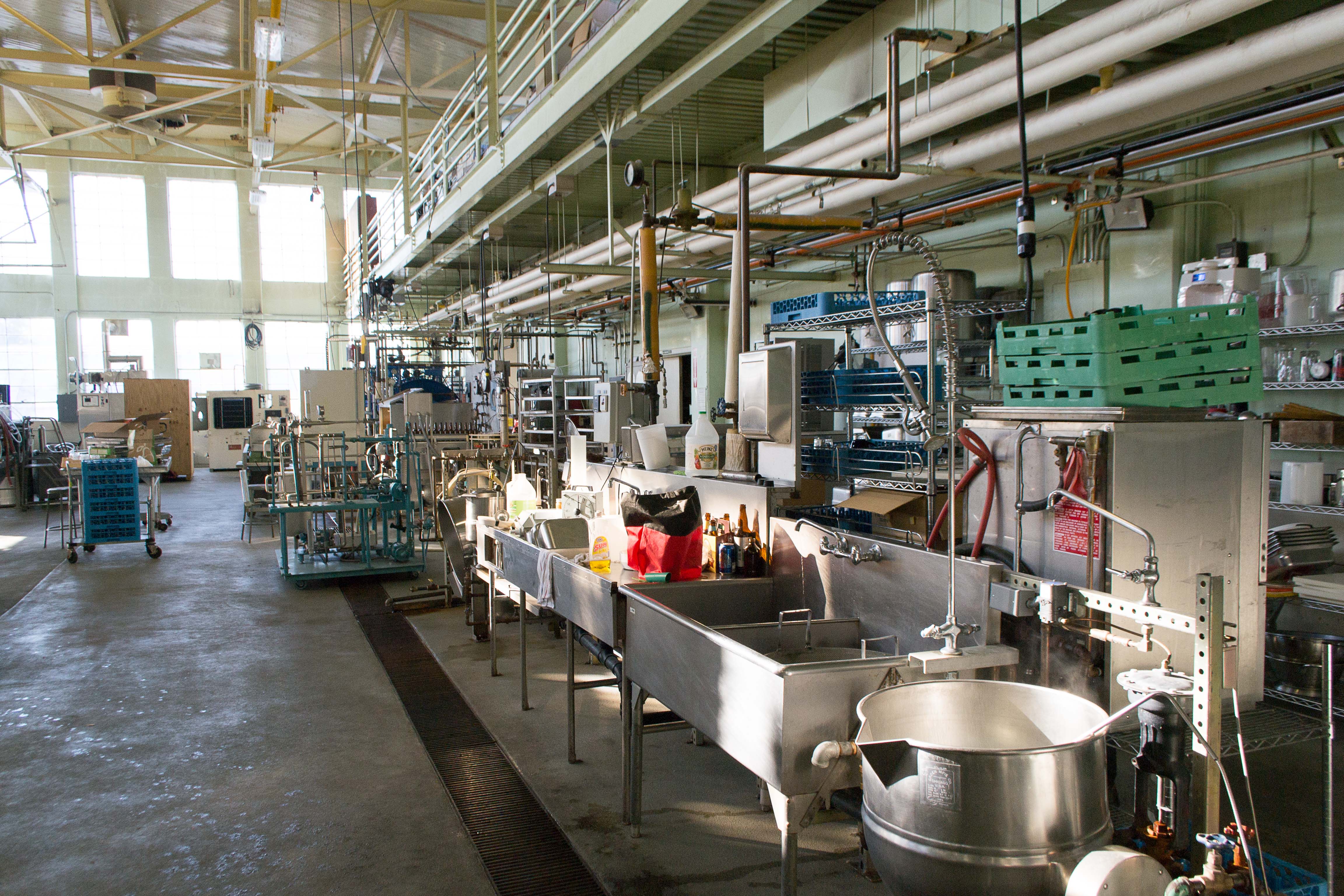
Photo from academic.microsoft.com
An activity-guided search for compounds influencing glucose metabolism in extracts from aronia (Aronia melanocarpa, A.), pomegranate (Punica granatum L., P.), and red grape (Vitis vinifera, RG) was carried out. The… Click to show full abstract
An activity-guided search for compounds influencing glucose metabolism in extracts from aronia (Aronia melanocarpa, A.), pomegranate (Punica granatum L., P.), and red grape (Vitis vinifera, RG) was carried out. The three extracts were fractionated by means of membrane chromatography to separate the anthocyanins from other noncolored phenolic compounds (copigments). In addition, precipitation with hexane was performed to isolate the polymers (PF). The anthocyanin and copigment fractions (AF, CF) of aronia, pomegranate, and red grape were furthermore fractionated with high-performance countercurrent chromatography (HPCCC) and the subfractions were characterized by HPLC-PDA-MS/MS analyses. Each of the (sub-)fractions was examined by in vitro-tests, i.e., the inhibition of the activity of α-amylase and α-glucosidase. On the basis of this screening, several potent inhibitors of the two enzymes could be identified, which included flavonols (e.g., quercetin), ellagitannins (e.g., pedunculagin), and anthocyanins (e.g., delphinidin-3-glucoside and petunidin-3-glucoside). In the α-glucosidase assay all of the examined fractions and subfractions of the fruit extracts were more active than the positive control acarbose.
Journal Title: Nutrients
Year Published: 2019
Link to full text (if available)
Share on Social Media: Sign Up to like & get
recommendations!